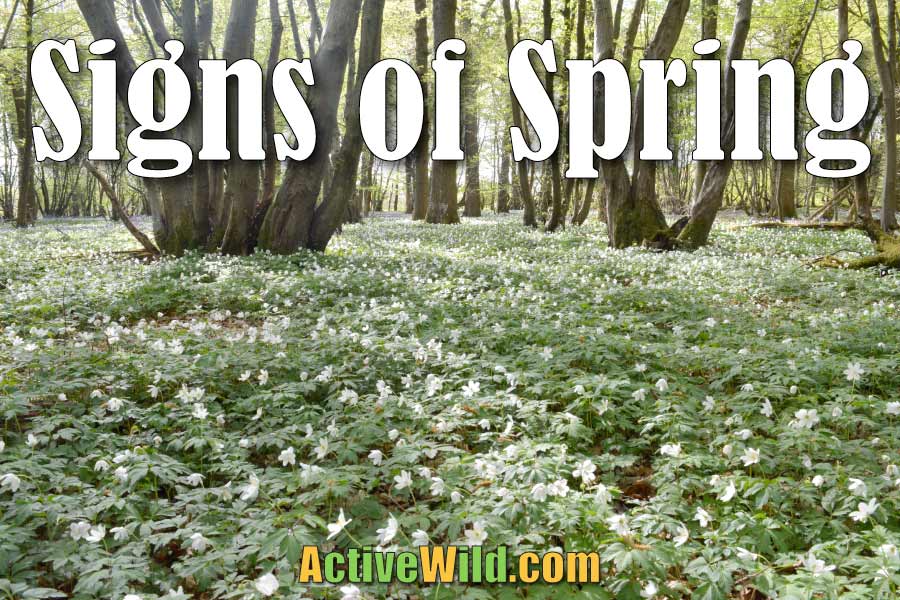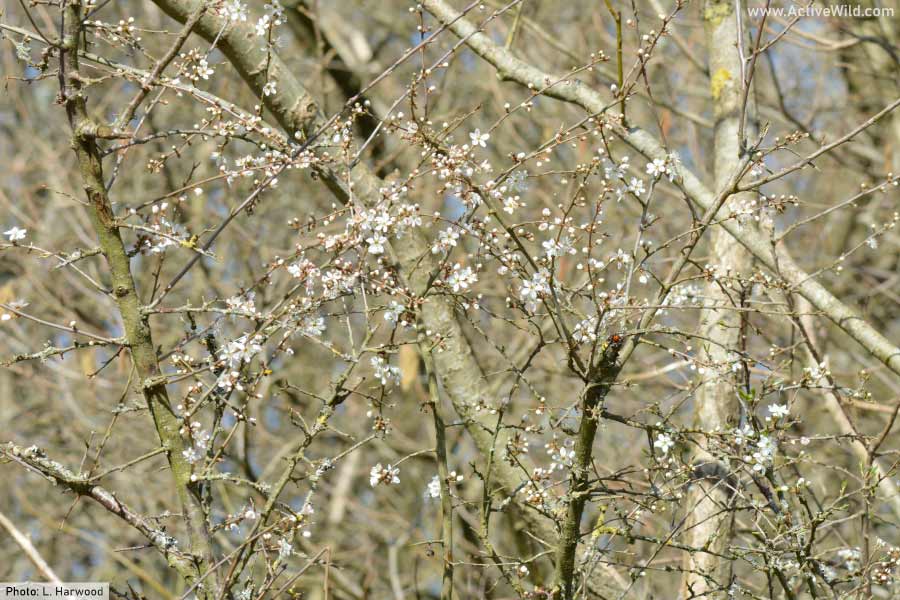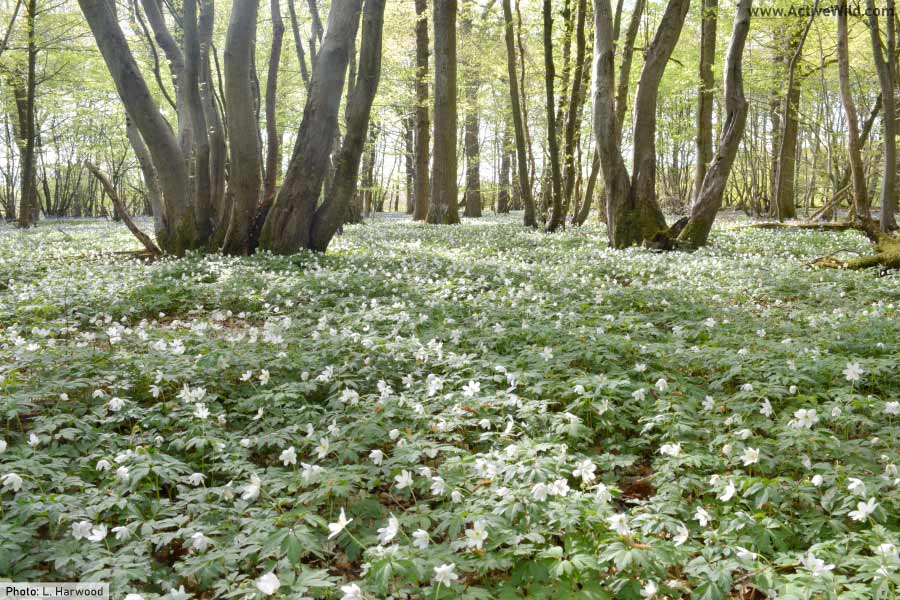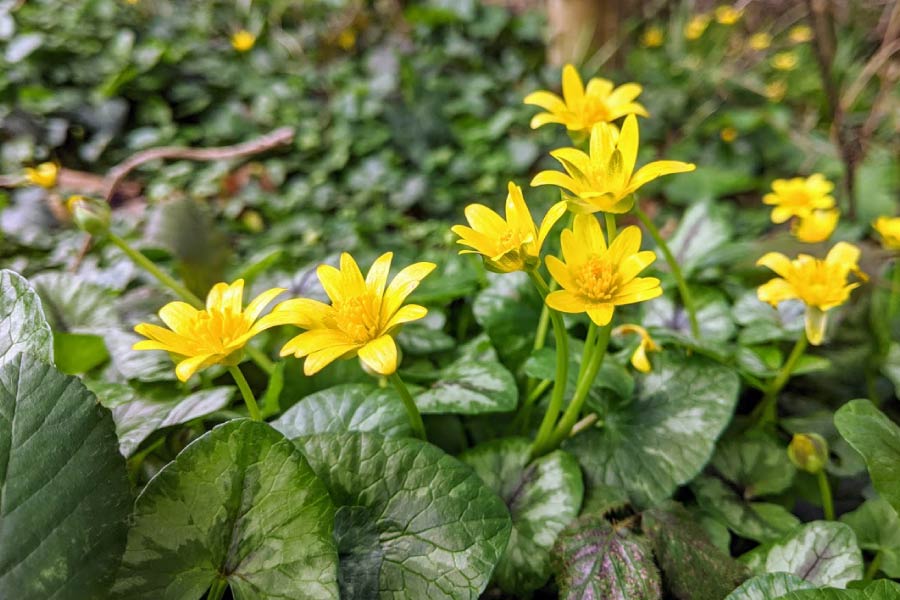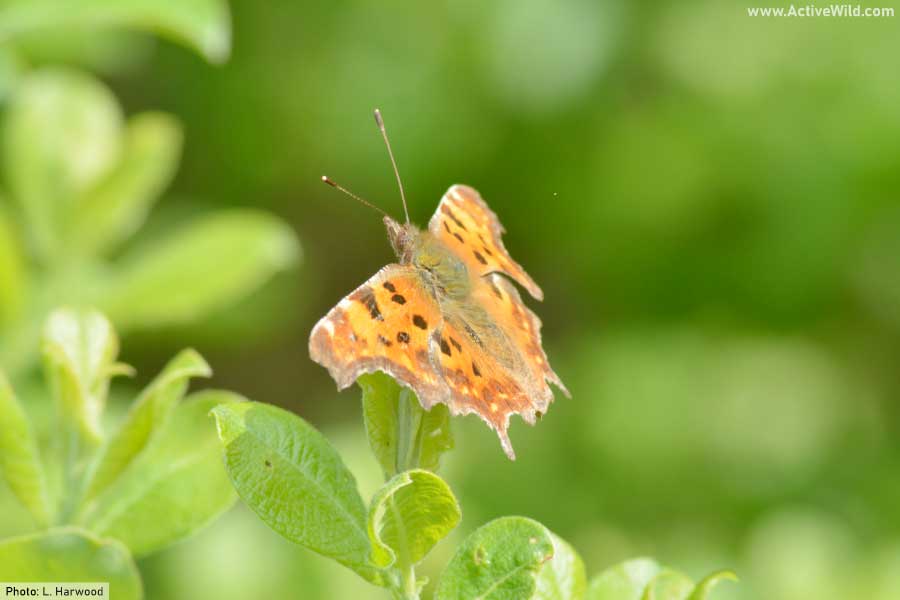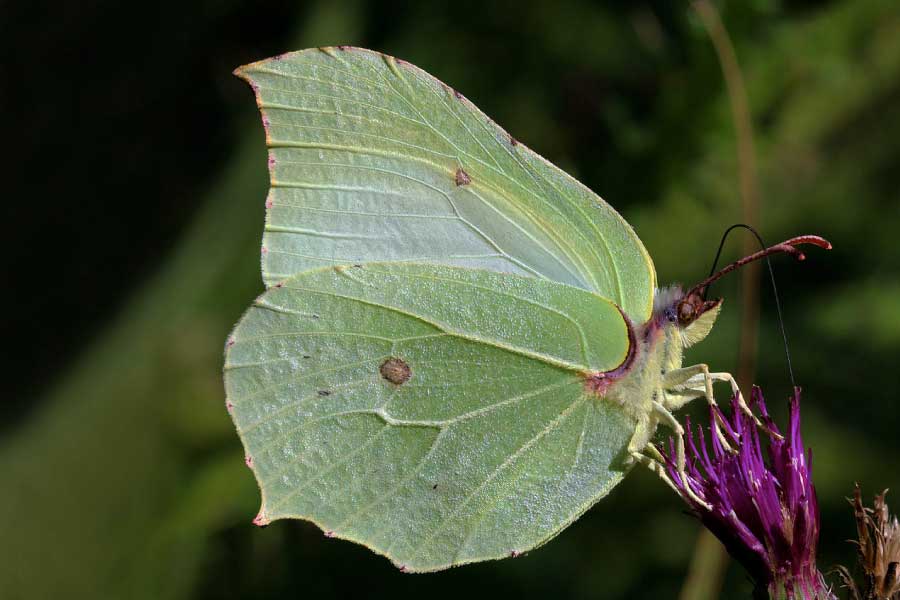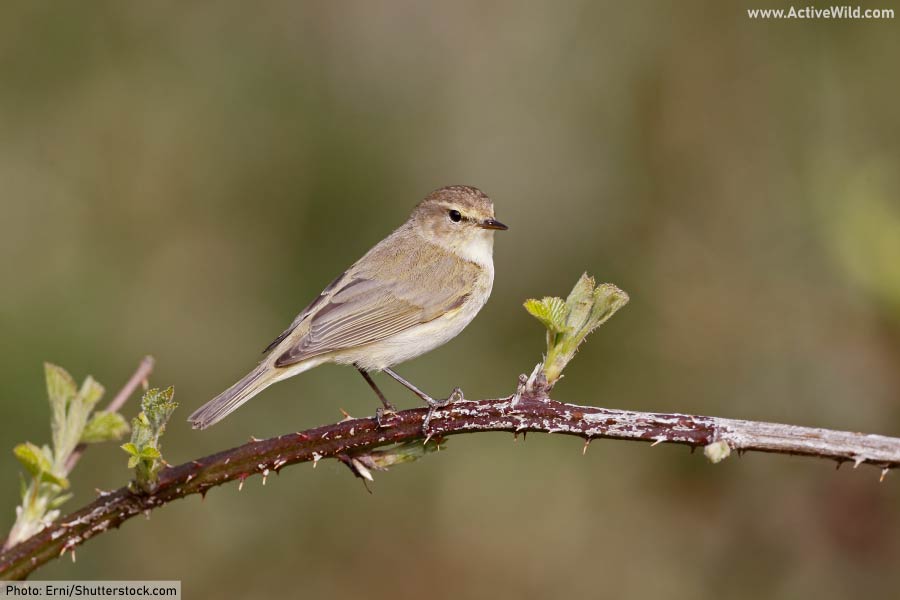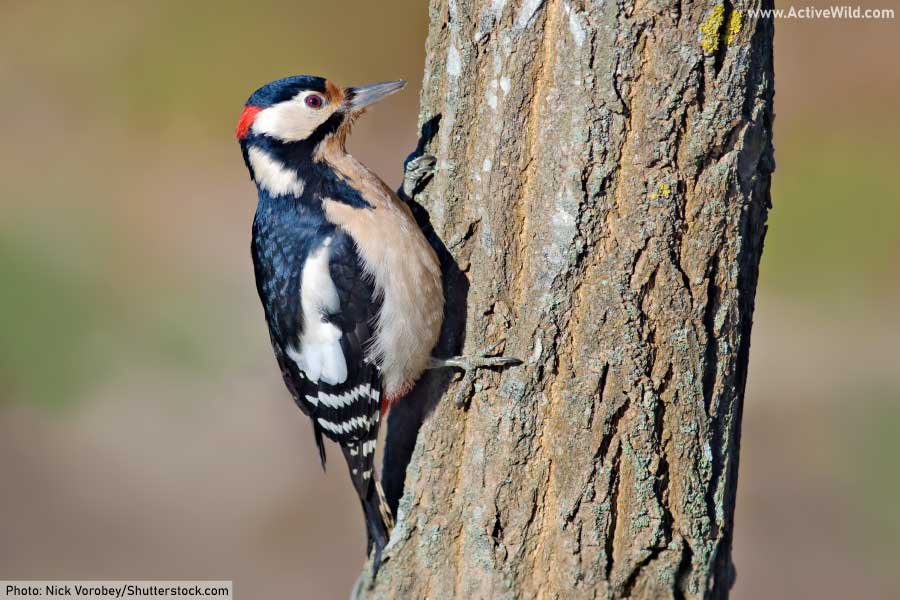First Signs Of Spring In The UK
Half the world may be in a coronavirus-induced ‘lockdown’, but spring has arrived and nature can provide some much-needed relief from the doom and gloom in the news.
In this article we describe some of the things that are lifting our spirits as the temperature begins to rise and nature begins to swing back into action after its winter sleep.
We also invite you to tell us about the sights and sounds of spring that you’ve observed in your part of the world...
10 Signs Of Spring In Britain
Here in the UK, thanks to the outbreak of COVID-19, we’re currently only able to leave the house once per day for exercise.
Luckily for us at Active Wild HQ we’ve got some beautiful English countryside on our doorstep, but even if you live in the middle of a city a quick walk to your local park will leave you in no doubt that spring has arrived. The birds are singing and insects are buzzing around, busy pollinating the newly-emerged spring flowers.
Naturally we’ve been making the most of our ‘daily dose of freedom’ by getting into the countryside. On this page is a list of the signs of spring that we’ve been lucky enough to observe in our part of the world.
We'd love to hear what the first signs of spring are in your part of the world. Let us know in the comment section at the bottom of the page!
1. Daffodils
Most of the daffodils growing in the south of England are likely to be cultivars (plants selectively bred for certain characteristics) rather than true wild flowers. Despite this, the appearance of these large, bright yellow flowers on our roadsides and park gardens is a welcome sign that spring has arrived.
Wild daffodils are more likely to be seen in northern England and Wales. They are smaller than garden varieties, and their trumpets are a richer yellow than the pale-yellow surrounding petals.
2. Blackthorn
The blackthorn is a small, shrub-like tree found growing in hedgerows and in the understorey of woodlands. In the autumn it produces dark purple fruit known as sloes. Its white blossom, which usually begins to appear in March, is a good sign that spring has arrived.
The flowers of the blackthorn appear before its leaves, unlike those of the similar hawthorn, whose blossom only appears once its leaves have emerged. Blackthorn usually flowers before hawthorn.
3. Wood Anemone
The wood anemone is a white woodland flower that appears around a month earlier than the better-known bluebell. The wood anemone is a member of the buttercup family, Ranunculaceae. This delicate flower doesn’t tend to spread very quickly, and is therefore a good indicator of ancient woodland.
During the night the wood anemone closes its petals, but on a sunny day opens them wide. The snow-like covering of wood anemones on the woodland floor is one of the early spring’s most magical sights!
4. Primrose
The primrose begins to grace roadsides, woodland paths and grassy slopes with its pale-yellow flowers in early spring. Its name, which is derived from the Latin words for ‘first’ and ‘rose’, reflects its status as one of the first wildflowers to bloom in spring.
5. Lesser Celandine
Like the primrose, the lesser celandine is one of the first wild flowers to appear in the spring. A member of the buttercup family Ranunculaceae, this pretty yellow flower grows in woodlands and on roadsides. It will also grow in gardens, where its presence is not always welcome; many gardeners regard it as a weed.
The lesser celandine was a favourite of poet William Wordsworth, who wrote not one, but three poems about the flower.
6. Buff-Tailed Bumblebee
One of the first bumblebees to appear in the spring in Britain is the buff-tailed bumblebee. This large species is one of the commonest bumblebees in Europe. (Because of its effectiveness in pollinating crops, the species has also been introduced to other parts of the world. In some areas it is regarded as an invasive species).
Only the queen has the distinctive buff-coloured ‘tail’ (actually a patch on the rear of the abdomen) from which the species gets its name. Workers have white tails, and look virtually identical to white-tailed bumblebee (Bombus lucorum) workers.
7. Comma Butterfly
If the first few weeks of March are anything to go by, 2020 is going to be a good year for butterflies! We’ve already seen five different species: as well as the brimstone and comma on this list, we’ve also observed tortoiseshells, peacocks and red admirals.
The butterfly species we’ve seen the most this spring is the comma. It is a distinctive species, with ragged-edged, orange-brown wings. On the darker undersides of the wings can be seen the white, comma-shaped mark from which the species gets its name.
8. Brimstone Butterfly
One of the first butterflies to appear in spring in Britain is the brimstone butterfly. It’s thought that the yellow colour of the male brimstone’s wings gave rise to the word ‘butterfly’. (The female is a paler, greenish-white.)
A well-known harbinger of spring, the species has one of the longest lifespans of all butterflies. The brimstone only produces one generation per year, with adult butterflies hibernating in woodlands over the winter. Brimstone butterflies begin to wake from hibernation in February.
9. Chiffchaff
Once you’ve learned the chiffchaff’s simple, rhythmic call you’ll never forget it! The species is named after this distinctive call, which sounds like a repeated ‘chiff, chaff, chiff, chaff’.
For us, hearing the first chiffchaff call of spring is as much of an occasion as seeing the first swallow (an event which usually occurs around a month later).
A summer visitor (the species overwinters in Southern Africa and northern Africa), this small, olive-brown bird is often overlooked by non-birders. This presents you with a great opportunity to show off your naturalist skills when you hear its distinctive call!
10. Great Spotted Woodpecker
The great spotted woodpecker (known as the ‘greatspot’ by bird-geeks) is non-migratory and if you keep your eyes open, you’ll see it all through the year.
However, it’s only in spring that this woodland bird begins to make its characteristic drumming sound. The sound is produced as the bird – usually the male as it marks out its territory – rapidly hammers its powerful bill against a dead tree.
If you hear the great spot’s drumming, or its simple ‘chip’ call, look up at the trunk or thick branches near the top of the tree; this is where the distinctive black and white bird can usually be seen. Look out for the striking red patch on the bird’s lower chest (and on the back of the heads of male and juvenile birds).
Over To You…
What are the first signs of spring where you live? Let us know in the comments below!

